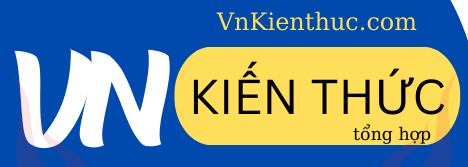H
HuyNam
Guest
ISM CBT
Tài liệu
ISM CBT
Nguồn: khoa hàng hải
1. CBT 1 - Understanding the ISM Code
2. Course FormatCourse is made up of this PowerPoint presentationand accompanied by the small questionnaire nextto you!Advance through the slideshow as you need byhitting the “ENTER” key on your keyboard!You should be able to complete within 2 hours1. Introduction to Management System2. The ISM Code3. The HSC QMS
3. Check on yourselfPlease read the questionnaire and answerthe questions to your best knowledgewithout consulting this presentation or aninstructor.Be fair to yourself!Complete it (not more than 8-10 minutes),turn it around and continue here.
4. 1. Introduction – Management System
5. GuidanceYou can refer to : Agency personnel SOLAS The ISM code booklet HSC Quality Manual HSC Fleet Manual HSC Crew Management Manual Infomanager software
6. Abbreviations ISM - International Safety Management System DOC - Document of Compliance SMC - Safety Management Certificate ISMA - International Ship Manager Association ISO - International Standardizing Organisation DP - Designated Person
7. Management SystemsAt the end of this introductory session,participants should be able to define what ismeant by a “Safety Management System” (SMS);It’s role in “Quality Management”;The functional requirements of a Safety or QualityManagement System; andUnderstand the requirements for focusing on thesoftware elements of the system rather than onthe hardware elements as in the past.
8. What is Safety? Safety can be defined as: - The state in which the risk of harm (to persons) or damage (to property or the environment) is limited to an acceptable level.
9. What is Safety? It can also be thought of as “Freedom from Danger”; In the maritime sense, this refers to freedom from danger for the ship, the crew and the environment. Safe Ship Management is the major aspect of Quality Ship Management.
10. Managing Safety It is never possible to eliminate all risk, but through careful and systematic management of onboard activities, we can considerably reduce the risk of accidents occurring. Ways to control or eliminate risks and dangers include: - Following Procedures; Proper communication; Use of PPE; Planning & Supervision of Work; Training/Familiarisation; & Permits to Work, etc
11. Inter-Relationship Safety Management Systems are 85 % of Quality Management Systems
12. What is Quality? Quality is the totality of features and characteristics of a service to satisfy stated or implied needs; Examples of features & characteristics of a shipmanagement service are: -– Price, Economy of Use, Experience, Safety, Communication & Reputation. You as crew onboard have a direct impact on all of the above 6 items.
